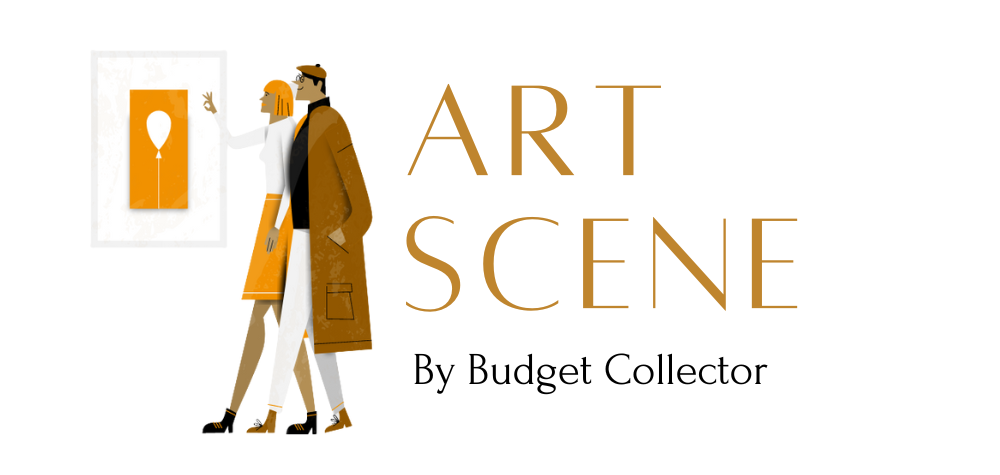Paint.wtf : Can Machines Truly Appreciate Art?
In recent years, the intersection of artificial intelligence (AI) and art has sparked fascinating discussions and debates. NFTs, many of which existed somewhere at the crossroad between human-made digital art and random generated AI assisted art, sold for vast sums of money. AI generated artworks appeared in upmarket galleries in London, New York and Paris and left artists unsure if they were being supplanted.
Suddenly, AI challenged the norms and conventions of the art world. But as quickly as the headlines faded, the hype and hysteria passed. We entered an era of quiet application. Functional AI models are now being used to catalogue, interpret and even judge artworks, like most technologies that first threaten to upend the industry they ultimately become a tool that the industry embraces.
But elsewhere – function is still less important than novelty. Websites like Paint.wtf, where users are challenged to draw something and then have their skill assessed by AI, showcase the playful novelty of AI in the realm of art. However, beyond the novelty lies a profound question: can AI truly appreciate and critique art as effectively as the human eye?
The Mechanics of AI Art Criticism
AI art criticism relies on data points and algorithms to evaluate artwork. These systems are trained on vast datasets of images, learning to recognise patterns, shapes and styles. When you submit a drawing to a site like Paint.wtf, the AI doesn’t see the drawing as a whole; instead, it breaks it down into quantifiable elements. The AI might assess proportions, symmetry, use of colour and adherence to certain aesthetic rules derived from the dataset it was trained on.
For instance, if the AI has been trained on classical art, it might favour symmetry and realistic proportions, whereas an AI trained on modern abstract art might appreciate bold, unconventional shapes and colours. This data-driven approach allows AI to provide quick, consistent feedback based on measurable criteria. It’s a question of art data not art deliberation.

Strengths of AI in Art Criticism
Consistency and Objectivity: One of the main strengths of AI is its consistency. Unlike human critics, who may be influenced by personal biases, emotions, or external factors, AI evaluates art based solely on predefined criteria. This objectivity can be beneficial in providing impartial assessments, especially in educational settings where students need clear, unbiased feedback.
Speed and Scalability: AI can analyse thousands of artworks in a fraction of the time it would take a human. This makes it a powerful tool for curators and galleries, who can use AI to quickly categorise and evaluate large collections.
Recognition of Technical Aspects: AI excels at identifying technical aspects of art, such as brushstroke patterns, colour palettes and structural composition. For artists seeking to improve their technical skills, AI can provide valuable, detailed insights.
The Human Element in Art Criticism
Despite these strengths, AI lacks the depth and nuance of human art criticism. Art is not merely a collection of technical elements; it is a medium of expression that conveys emotions, context and cultural significance.
Context and Emotion: Humans bring context and emotional depth to their appreciation of art. When we view a piece of art, we consider the artist’s intention, historical background and cultural significance. We respond to the emotions conveyed through the artwork, which AI cannot fully grasp. An AI might recognise the technical prowess of a Van Gogh painting but would miss the profound emotional turmoil reflected in his brushstrokes.
Interpretation and Meaning: Art often communicates complex narratives and meanings that require interpretation. Human critics draw on their knowledge of art history, literature, philosophy and personal experience to interpret these narratives. AI, limited to its training data, cannot provide such rich, interpretive insights.
Cultural Sensitivity: Art is deeply rooted in cultural contexts. Human critics can appreciate the cultural nuances and significance of a piece, something that AI, without comprehensive understanding and experience, might overlook or misinterpret.
The Balance Between AI and Human Criticism
While AI offers remarkable tools for assessing technical aspects and providing consistent, objective feedback, it cannot replace the human touch in art criticism. The subjective experience of art – the emotional resonance, historical context and cultural significance – remains beyond the reach of current AI capabilities.
In a world where technology increasingly intersects with artistic creativity, the best approach might be a balanced one. AI can assist by handling technical evaluations, cataloguing and large-scale analyses, while human critics continue to provide the depth, emotion and cultural context that truly bring art to life. Websites like Paint.wtf remind us of this balance, showcasing the playful potential of AI while highlighting its limitations and the irreplaceable value of the human eye in appreciating and interpreting art.








